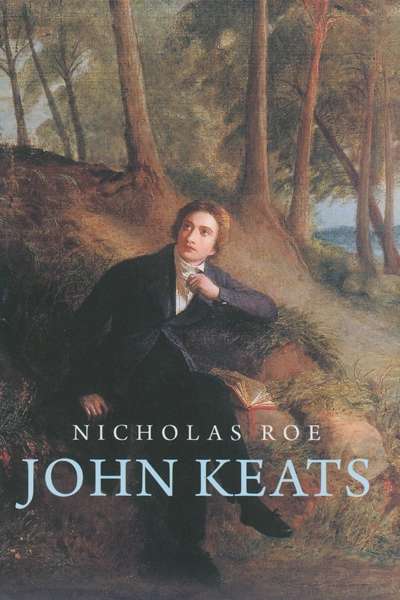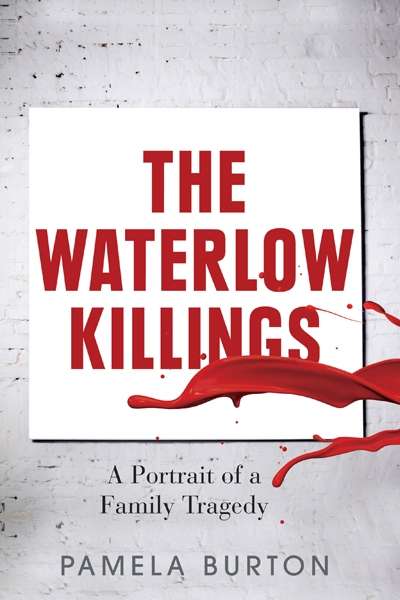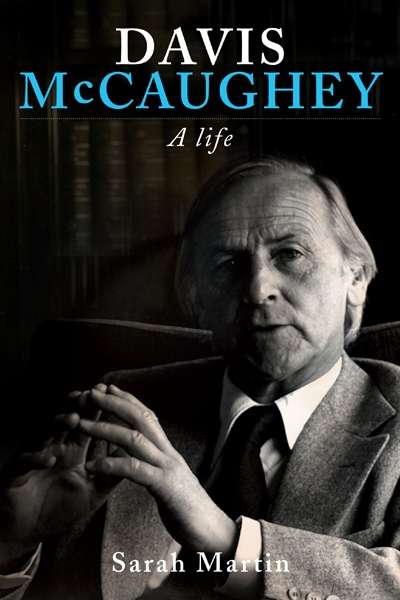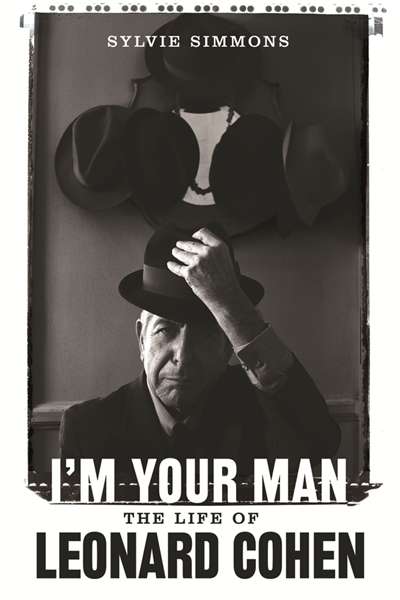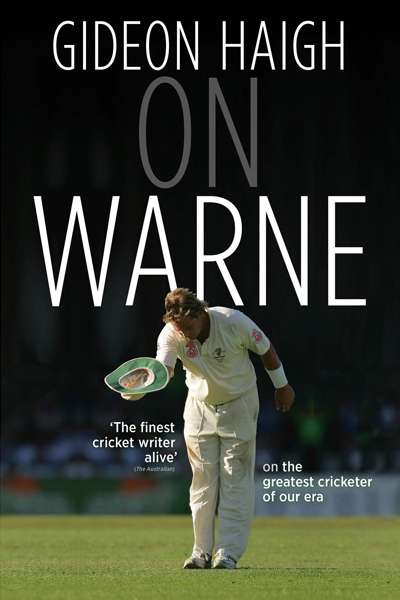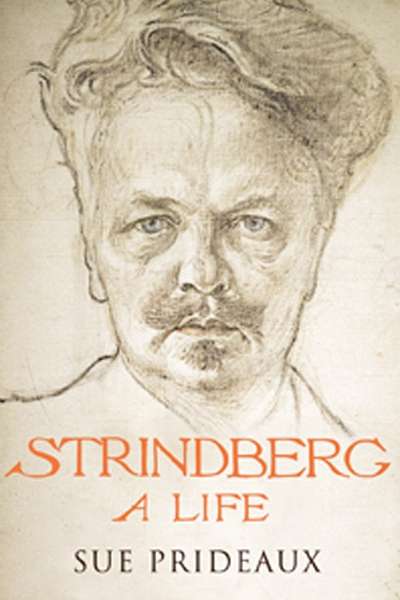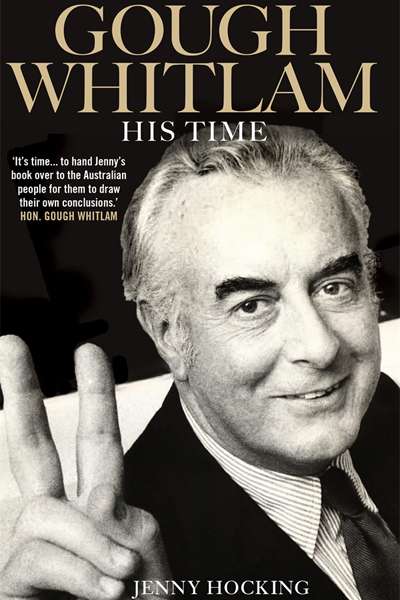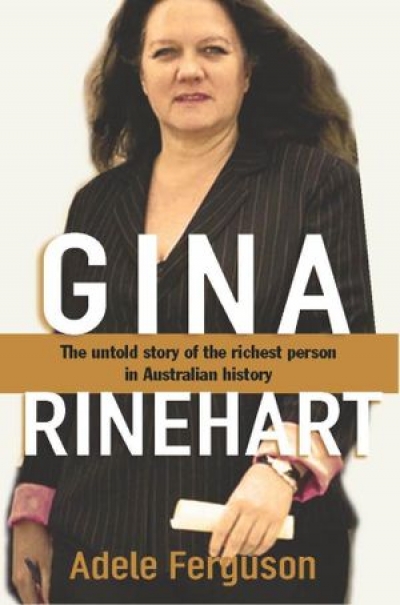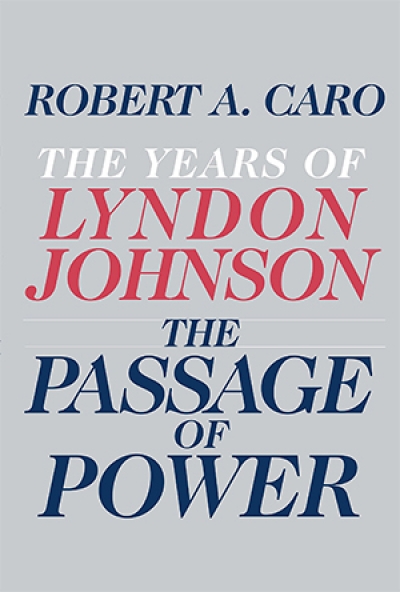Biography
The Waterlow Killings: A Portrait of a Family Tragedy by Pamela Burton
by Alison Broinowski •
Davis McCaughey: A Life by Sarah Martin
by Chris Wallace-Crabbe •
I'm Your Man: The Life of Leonard Cohen by Sylvie Simmons
by David McCooey •
Gough Whitlam: His Time: The Biography, Volume II by Jenny Hocking
by Neal Blewett •
Gina Rinehart by Adele Ferguson & The House of Hancock by Debi Marshall
by Jan McGuinness •
The Years of Lyndon Johnson: The Passage of Power by Robert A. Caro
by Peter Heerey •

